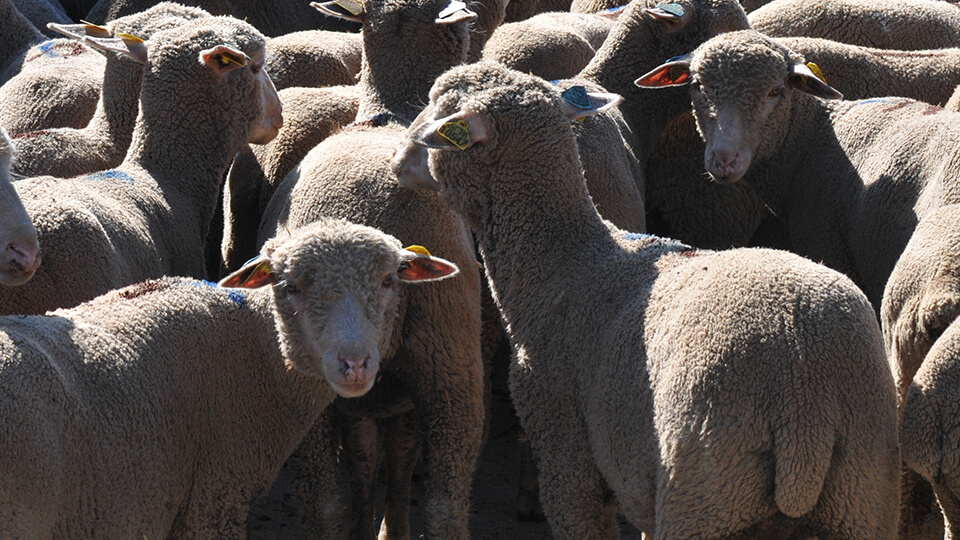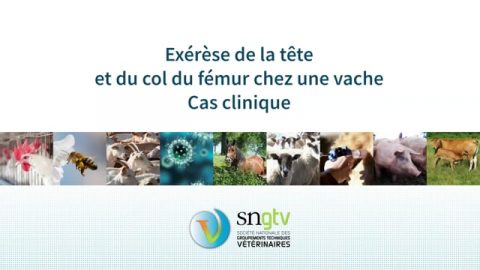Les analyses coprologiques réalisables en routine au cabinet vétérinaire en clientèle ovine

Auteurs
Résumé
Quelques analyses coprologiques simples peuvent être réalisées au quotidien en cabinet vétérinaire. Leur mise en oeuvre permet d’apporter une réponse diagnostique et d’évaluer le niveau d’excrétion d’un animal ou d’un lot d’animaux. Le niveau d’infestation parasitaire oriente vers un traitement curatif ou préventif approprié, choisi en concertation avec l’éleveur. Trois méthodes sont plus particulièrement accessibles, chacune avec ses avantages et ses limites. La méthode de flottaison après homogénéisation des fèces avec une solution de nitrate de sodium (méthode Ovassay®) est semi-quantitative. La méthode par flottaison au sulfate de zinc permet la visualisation et le dénombrement des différentes espèces parasitaires. La troisième méthode, dite de Mac Kenna, permet de visualiser les larves de stongles respiratoires. L’intérêt et la mise en oeuvre de ces techniques au cabinet vétérinaire sont présentés et discutés.
Abstract
Some simple coproscopic analyses can be undertaken routinely on a daily basis within a veterinary practice. They allow the diagnosis and the assessment of the excretion level in an animal or a herd. The estimation of the level of parasitic infestation means that the appropriate choice of treatment can be made, either curative or preventive, after consultation with the farmer. Three diagnostic methods can be identified as particularly appropriate, each of them having advantages and disadvantages. The sodium nitrate flotation method on homogenized faeces (Ovassay®) is semi quantitative. The zinc sulfate flotation technique allows the parasitic species to be identified and counted. The last method (Mac Kenna) allows respiratory strongyle larvae to be observed. The usefulness and implementation of these methods within the context of a veterinary practice are described and discussed.
D'autres articles
Découvrez aussi nos formations
Bovin laitier · Bovin viande
Exérèse de la tête et du col du fémur chez une vache – un cas clinique
Session passée

